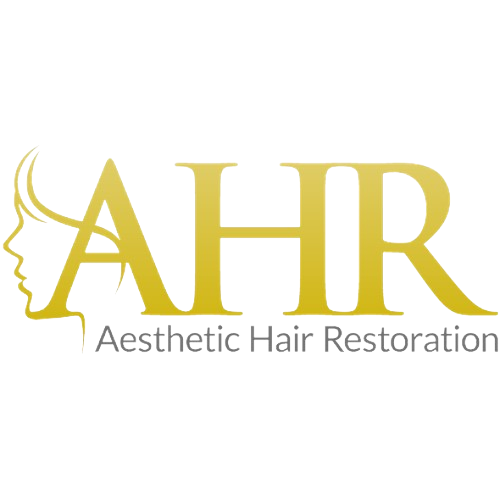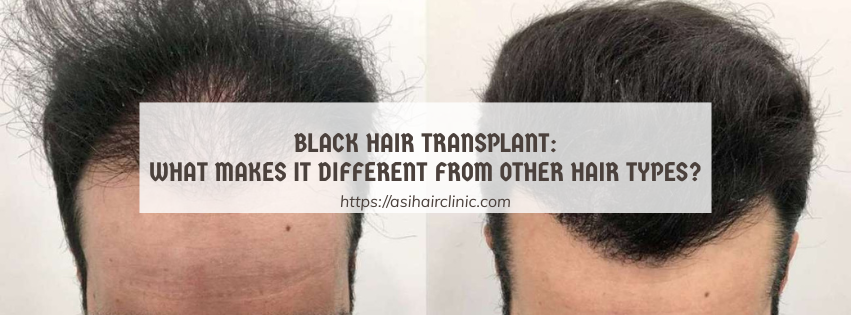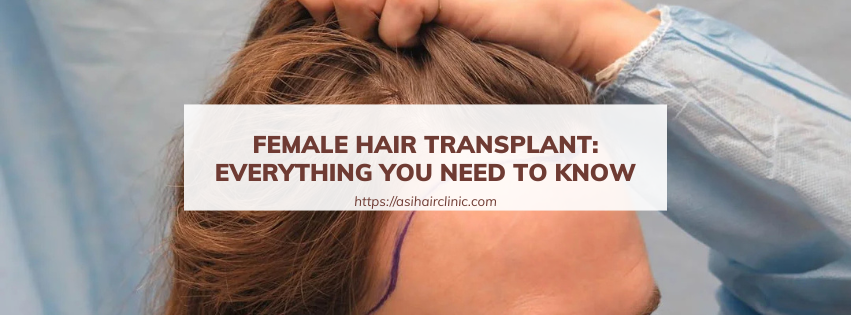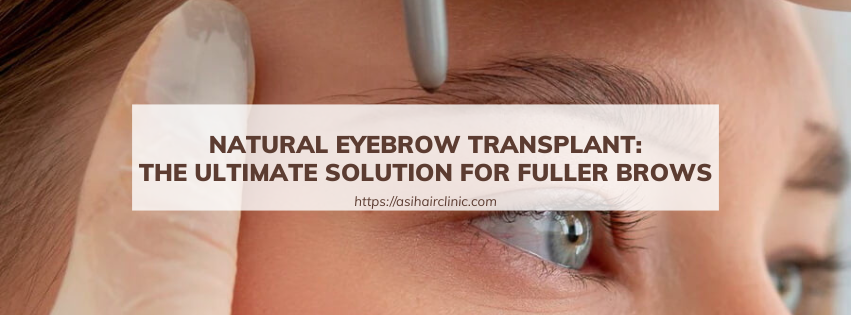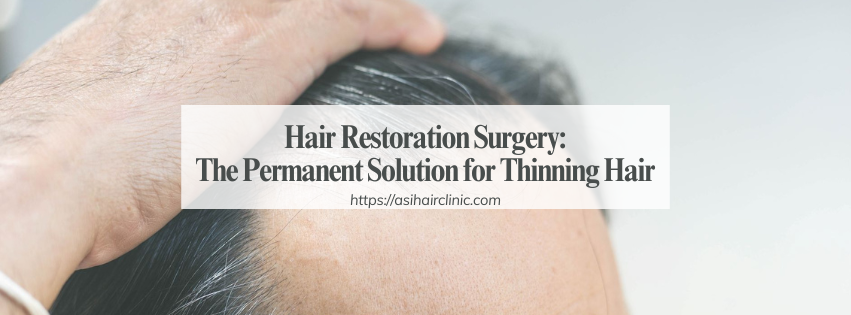Hairline Design in Hair Transplants: The Key to Natural-Looking Results
Hairline Design in Hair Transplants is a crucial aspect of the hair restoration process that significantly influences the overall aesthetic outcome. A well-conceived hairline can contribute to an individual's appearance, self-esteem, and confidence. The importance of achieving a natural-looking hairline cannot be overstated, as it is often the first thing people notice when evaluating the success of a hair transplant. In this article, we will delve into the intricacies of hairline design, the techniques employed, common pitfalls, and the transformative effects of a thoughtfully crafted hairline.
1. The Importance of Hairline Design
Designing a hairline requires a nuanced understanding of facial anatomy, age-related changes, and individual preferences. The hairline is not merely a boundary between hair and skin; it plays a significant role in defining one's personality and image. When considering hair transplant procedures, patients often overlook the strategic aspects of hairline design, focusing instead on the logistical execution of the surgery. However, a poorly designed hairline can negate all efforts made during the transplant.
The hairline serves as a framework for the face, influencing how features are perceived. A well-defined yet natural-looking hairline can enhance the symmetry of the face, balance the proportions, and evoke youthfulness. On the contrary, an unnatural or poorly placed hairline can draw unwarranted attention and lead to dissatisfaction with the results.
A successful hairline design combines artistry with medical expertise. Surgeons must tailor their approach to each patient, keeping in mind not only the aesthetic considerations but also the long-term implications of hair loss trends. As hair loss is often progressive, it’s essential to plan a hairline that will remain appropriate over time.
1.1. How a Well-Designed Hairline Enhances Appearance
An expertly crafted hairline enhances one’s appearance by harmonizing with the facial structure. The ideal hairline varies from person to person, influenced by factors such as ethnicity, gender, and age. For example, men typically have a more pronounced hairline than women, who generally benefit from softer, rounded hairlines that reflect their facial contours.
In addition to aesthetics, a natural-looking hairline can boost self-confidence. Individuals may feel liberated from the psychological burden associated with hair loss. Studies have shown that those who undergo hair restoration treatments experience significant improvements in their quality of life, particularly in social situations, dating, and professional settings.
Creating a hairline that blends seamlessly with existing hair helps create depth and dimension. A natural graduation from the frontal hairline to the rest of the scalp gives the illusion of fullness, ultimately contributing to an overall youthful look. Furthermore, this careful consideration of design allows individuals to wear their hair in various styles without fear of revealing an artificial line or patchiness.
1.2. Factors That Influence Hairline Placement
The placement of a hairline is contingent upon several interrelated factors. Understanding these can provide insight into the complexities of hairline design.
Firstly, genetics play a critical role in determining the natural hairline and its potential future changes. Family history often indicates how hairlines change with age, which is important when designing a hairline that appears natural both now and as time passes.
Secondly, the patient's age at the time of the procedure should guide decisions regarding hairline placement. Younger patients might prefer a lower hairline, while older patients might opt for a design that reflects their current age. A surgeon who understands these dynamics can help guide discussions about the most suitable hairline location.
Lastly, personal preference and lifestyle choices are paramount. Some individuals desire a conservative approach due to their profession, while others may wish to embrace a trendier style. Engaging in open dialogue during the initial consultation ensures that the final design aligns with the patient's expectations and aspirations.
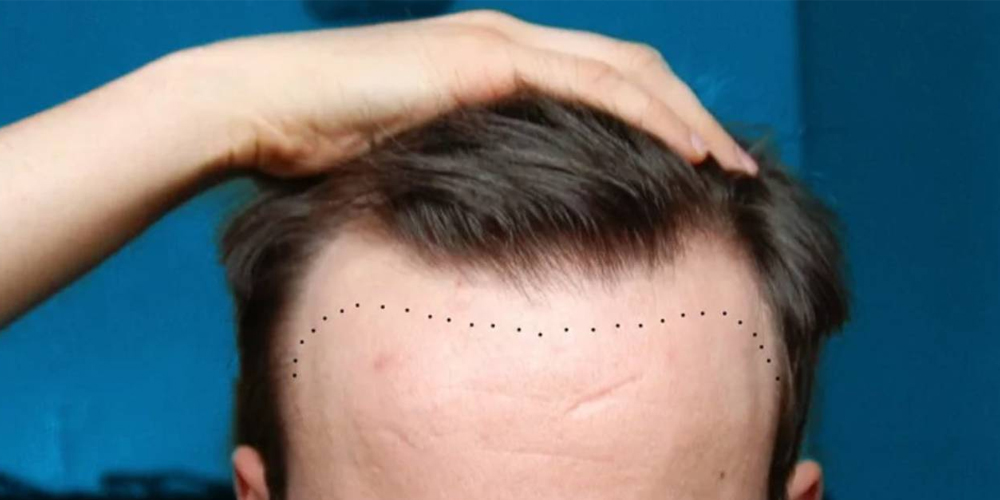
2. Techniques for Achieving Natural Hairlines
Achieving a natural-looking hairline involves employing advanced techniques tailored to individual needs. There are several methods available to surgeons, each offering unique advantages for hairline design.
The Follicular Unit Extraction (FUE) technique is one of the most popular methods used in contemporary hair transplants. This minimally invasive procedure involves extracting individual hair follicles from a donor area and implanting them into the recipient site. FUE permits greater precision in placing hair follicles, allowing for a staggered insertion pattern that mimics natural hair growth. This technique is particularly useful in hairline design since it provides ultimate control over follicle placement, ensuring a soft gradient and natural hairline edges.
Follicular Unit Transplantation (FUT), on the other hand, involves removing a strip of tissue from the donor site, from which individual follicular units are then dissected. While this method leaves a linear scar, it remains a viable option for those requiring larger graft numbers. Surgeons adept in FUT can deliver impressive hairline designs, although the focus remains on minimizing visible scarring.
Direct Hair Implantation (DHI) is another emerging technique that offers enhanced precision. With DHI, a specialized pen-like device allows for the direct implantation of hair follicles into the target area without creating incisions beforehand. This real-time implantation capability helps ensure that the angle and direction of each hair follicle align closely with the surrounding strands, which is critical for achieving a natural effect in the hairline region.
The Role of FUE, FUT, and DHI in Hairline Design
Each technique-FUE, FUT, and DHI-carries distinct benefits and challenges, and the choice depends largely on the patient’s individual needs, the extent of hair loss, and the surgeon's expertise.
With FUE, patients enjoy shorter recovery times and less postoperative discomfort. However, it may require multiple sessions to achieve desired density levels, particularly in specific areas like the hairline. Conversely, FUT offers the advantage of harvesting a larger number of grafts in one session, making it suitable for patients needing extensive coverage.
DHI stands out for its precision and minimal invasiveness, allowing surgeons to work with greater flexibility. It reduces trauma to the scalp and improves healing times. Nevertheless, DHI can be more tedious and may require additional training for practitioners.
Ultimately, selecting the right technique involves a comprehensive evaluation of the patient's condition, desired outcome, and expert recommendation. A thorough understanding of the nuances of each method enables patients to make informed decisions during their hair restoration journey.
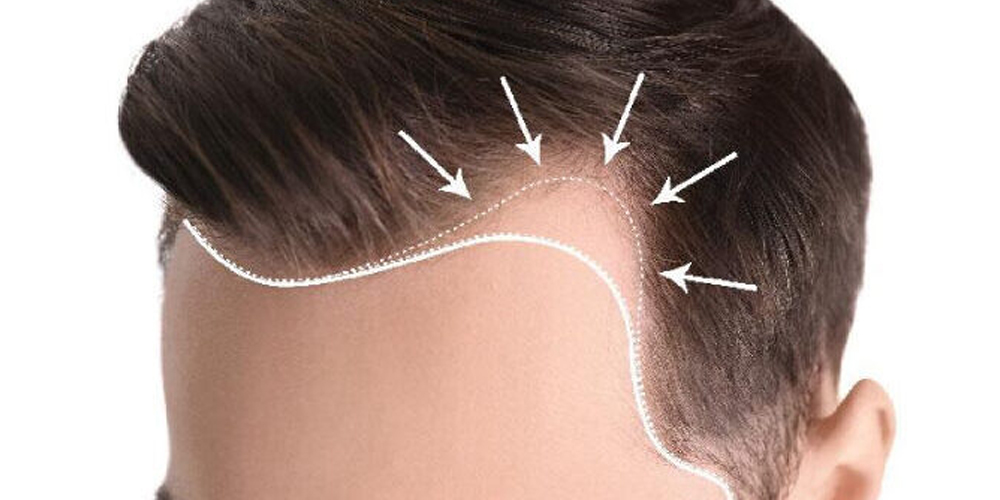
3. Common Mistakes in Hairline Restoration
While the pursuit of a natural hairline is laudable, there are prevalent mistakes that can hinder the success of hair restoration procedures. Recognizing these pitfalls is crucial for both patients and practitioners alike.
One of the most glaring mistakes in hairline restoration is the creation of an overly straight or excessively artificial hairline. A perfectly straight line can appear unnatural, creating an "alien" look that detracts from the authenticity sought in a hair transplant. Instead, an irregular, slightly asymmetrical hairline with natural dips and peaks will complement the natural contours of the face.
Furthermore, the artistry involved in hairline design demands an understanding of how hair grows naturally. This includes considerations of direction and angle, which are vital in creating a seamless transition between transplanted and existing hair. Practitioners must be attentive to the formation of the hairline and avoid rigid designs that could compromise the overall effect.
3.1. Overly Straight or Artificial Designs
Artificially constructed hairlines can often lead to disappointment among patients. The allure of mirroring celebrity hairstyles may drive some individuals to request an unrealistic frontal hairline. However, the emotional and aesthetic implications of such requests may result in outcomes that fail to resonate with their unique identity.
A natural hairline should possess subtlety and character, with gentle gradients connecting the forehead to the crown. Experienced surgeons understand the importance of individuality when crafting a hairline and should encourage patients to consider options that are congruent with their natural features.
Consultations that prioritize education about realistic expectations can mitigate dissatisfaction post-surgery. Patients must be made aware that a natural appearance doesn't stem solely from the number of follicles implanted but rather from the skilled artistry that goes into creating a personalized hairline design.
3.2. Lack of Density in the Frontal Region
Another common error in hairline restoration is failing to achieve adequate density in the frontal region. The front hairline is often the most visible area, making density crucial for a natural look. Insufficient graft placement can leave areas looking sparse or patchy, undermining the overall effectiveness of the procedure.
To address this concern, proper planning and strategizing are essential. Surgeons must evaluate the distribution of follicles, ensuring they are densely populated in the hairline zone while maintaining a gradual transition into the existing hair. This approach not only enhances visual appeal but also ensures longevity in terms of hair density.
Patients should also express their desires regarding density during consultations, as clear communication can guide decisions around graft allocation. A team-oriented approach, where both patients and surgeons collaborate, can lead to satisfying, sustainable outcomes.
Conclusion
The Hairline Design in Hair Transplants is undeniably pivotal to achieving natural-looking results. It requires a blend of art and science, an appreciation of the complexities involved, and a deep understanding of individual characteristics. A well-designed hairline enhances appearance, fosters confidence, and reflects the unique identity of each patient.
LATEST POSTS
